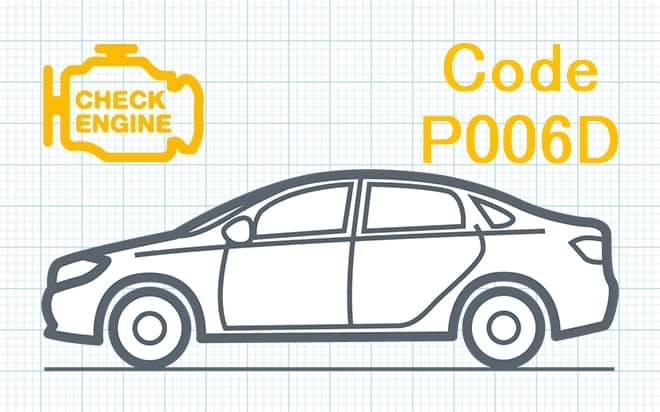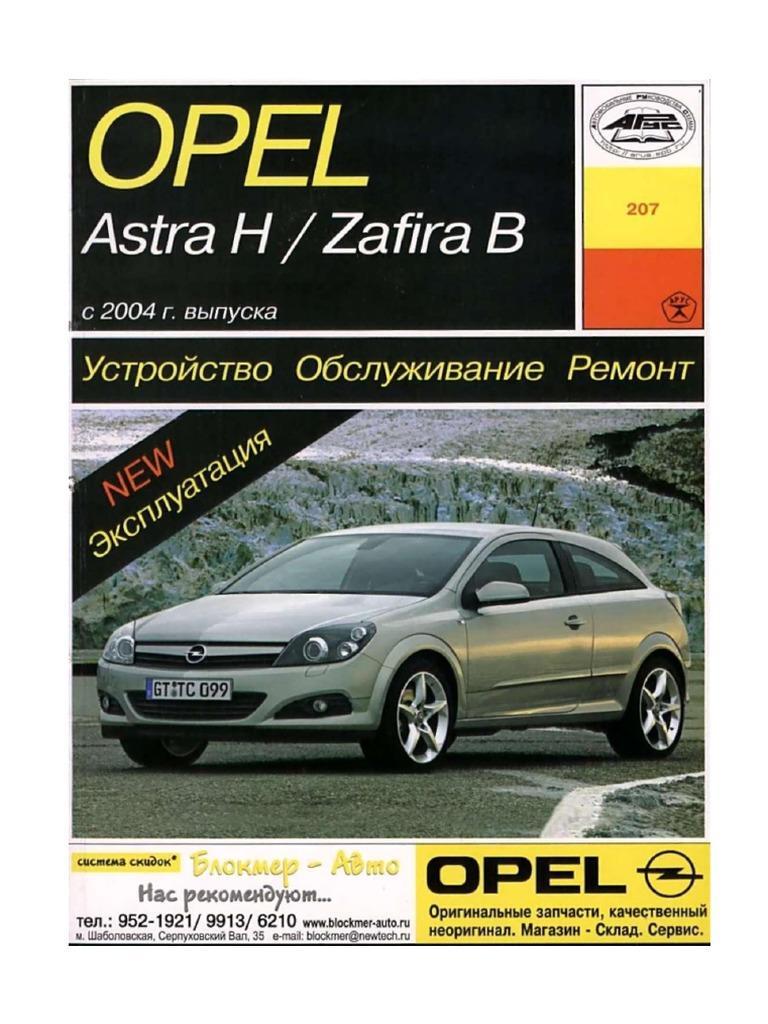
P006D Barometric Pressure - Turbocharger/Supercharger Inlet Pressure Correlation
Content
- P006D Barometric Pressure - Turbocharger/Supercharger Inlet Pressure Correlation
- OBD-II DTC Datasheet
- What does this mean?
- What is the severity of this DTC?
- What are some of the symptoms of the code?
- What are some of the common causes for the code?
- What are some steps to troubleshoot the P006D?
- Related DTC discussions
- Need more help with your P006D code?
P006D Barometric Pressure - Turbocharger/Supercharger Inlet Pressure Correlation
OBD-II DTC Datasheet
Atmospheric pressure - turbocharger / supercharger inlet pressure correlation
What does this mean?
This Generic Powertrain Diagnostic Trouble Code (DTC) is commonly applied to many OBD-II vehicles. This may include but is not limited to Dodge, Cadillac, Fiat, Jeep, Nissan, Chrysler, etc.
A stored code P006D means the powertrain control module (PCM) has detected a mismatch in the correlation signals between the barometric pressure sensor and the turbocharger / supercharger inlet pressure sensor.
The P006D code only applies to vehicles with forced air systems. Other stored barometric pressure sensor or forced air system codes must be diagnosed and repaired before attempting to diagnose the P006D code.
Atmospheric pressure (air density) is measured in either kilopascals (kPa) or inches of mercury (Hg) using a barometric pressure sensor. These measurements are entered into the PCM as voltages of varying degrees. Barometric pressure and barometric pressure signals are measured in the same increments.
The turbocharger / supercharger inlet pressure sensor is usually similar in design to the atmospheric pressure sensor. It also controls the density of the air. It is most often located inside the turbocharger / supercharger inlet hose and provides the PCM with an appropriate voltage signal that reflects it.
If the voltage input signals (between the barometric pressure sensor and the turbocharger / supercharger inlet pressure sensor) differ by more than a programmed degree (for a certain period of time and under certain circumstances), a P006D code will be stored and a malfunction indicator (MIL) may be illuminated.
In some vehicles, MIL illumination may require multiple drive cycles with failure. The exact parameters for storing the code (as they are specific to the vehicle in question) can be obtained by consulting a reliable vehicle information source (e.g. AllData DIY).
What is the severity of this DTC?
Engine performance, handling and fuel efficiency are likely to be affected by conditions that contribute to the storage of the P006D code. It needs to be resolved urgently.
What are some of the symptoms of the code?
Symptoms of a P006D engine code may include:
- Reduced engine power
- Reduced fuel efficiency
- Motor acceleration delay
- Rich or poor condition
- Louder than normal hiss / suction noise when accelerating
What are some of the common causes for the code?
Reasons for this engine code may include:
- Defective barometric pressure sensor
- Faulty turbocharger / supercharger inlet pressure sensor
- Open or short circuit in the wiring or connector
- Insufficient vacuum in the engine
- Limited air flow
- PCM or PCM programming error
What are some steps to troubleshoot the P006D?
I would start by visually inspecting all the wiring and connectors of the barometric pressure sensor and the turbocharger inlet pressure sensor. I would also like to make sure the turbocharger / supercharger inlet hoses are in good condition and in good working order. Additionally, I would inspect the air filter. It should be relatively clean and unobstructed.
When diagnosing a P006D code, I will need a hand-held vacuum gauge, a diagnostic scanner, a digital volt / ohm meter (DVOM), and a source of reliable vehicle information.
A reasonable precursor to any code associated with an atmospheric pressure sensor is a manual test of engine intake vacuum pressure. Use a vacuum gauge and get specification instructions from your vehicle information source. If the vacuum in the engine is insufficient, there is an internal engine fault that must be repaired before proceeding.
Now I would connect the scanner to the car diagnostic port and get all stored codes and freeze frame data. Freeze frame data provides an accurate picture of the circumstances that existed at the time of the fault that led to the stored P006D code. I would write this information down as it may be helpful as my diagnosis progresses. I would then clear the codes and test drive the car to see if the code is cleared.
If this:
- Use the DVOM to check the reference signal (typically 5V) and ground at the barometric pressure sensor and the turbocharger / supercharger inlet pressure sensor connectors.
- This can be done by connecting the positive test lead of the DVOM to the reference voltage pin of the sensor connector and the negative test lead to the ground pin of the connector.
If an appropriate degree of voltage and ground reference is found:
- I would check the barometric pressure sensor and the turbocharger / supercharger inlet pressure sensor using the DVOM and my vehicle information source.
- The vehicle information source should include wiring diagrams, connector types, connector pinout and diagnostic block diagrams, and component test specifications.
- Test individual transducers while disconnected, with the DVOM set to the resistance setting.
- barometric pressure and / turbocharger / supercharger inlet pressure sensors that do not meet manufacturer's specifications should be considered defective
If the corresponding sensors meet the manufacturer's specifications:
- With the key on and the engine running (KOER), reconnect the sensors and use the DVOM to check the signal circuit wiring of the individual sensors directly behind the corresponding sensor connectors.
- To determine if the signals from the corresponding sensors are correct, follow the air pressure and voltage charts (which should be located in the vehicle information source).
- If any of the sensors does not display a voltage level that is within manufacturer's specifications (based on atmospheric pressure and turbocharger / supercharger boost pressure), consider the sensor to be faulty.
If the voltage signal of the atmospheric pressure sensor and the pressure sensor at the inlet of the turbocharger / supercharger is present:
- Access the PCM and test the appropriate signal circuit (for each sensor in question) at the (PCM) connector. If there is a sensor signal on the sensor connector that is not on the PCM connector, suspect an open circuit between the two components.
- You can turn off the PCM (and all associated controllers) and test individual system circuits using the DVOM. Follow the connection diagrams and connector pinout diagrams to check the resistance and / or continuity of an individual circuit.
Suspected PCM failure or PCM programming error if all barometric pressure / turbocharger / supercharger inlet pressure sensors and circuit are within specification.
- Finding the appropriate technical service bulletins (TSBs) can help a lot in your diagnosis.
- The turbocharger / supercharger inlet pressure sensor often remains disconnected after changing the air filter and other related maintenance. If the vehicle in question has recently been serviced, check this connector first.
Related DTC discussions
- There are currently no related topics in our forums. Post a new topic on the forum now.
Need more help with your P006D code?
If you still need help regarding DTC P006D, post a question in the comments below this article.
NOTE. This information is provided for informational purposes only. It is not intended to be used as a repair recommendation and we are not responsible for any action you take on any vehicle. All information on this site is protected by copyright.

One comment
anonym
I have a nissan nv200. Shows error p006d. There is a sensor on the throttle, there is on the intake manifold, there is at the outlet of the air filter, that is, at the inlet of the turbo compressor, but I don’t know which one is the atmospheric or barometric pressure sensor, tell me.